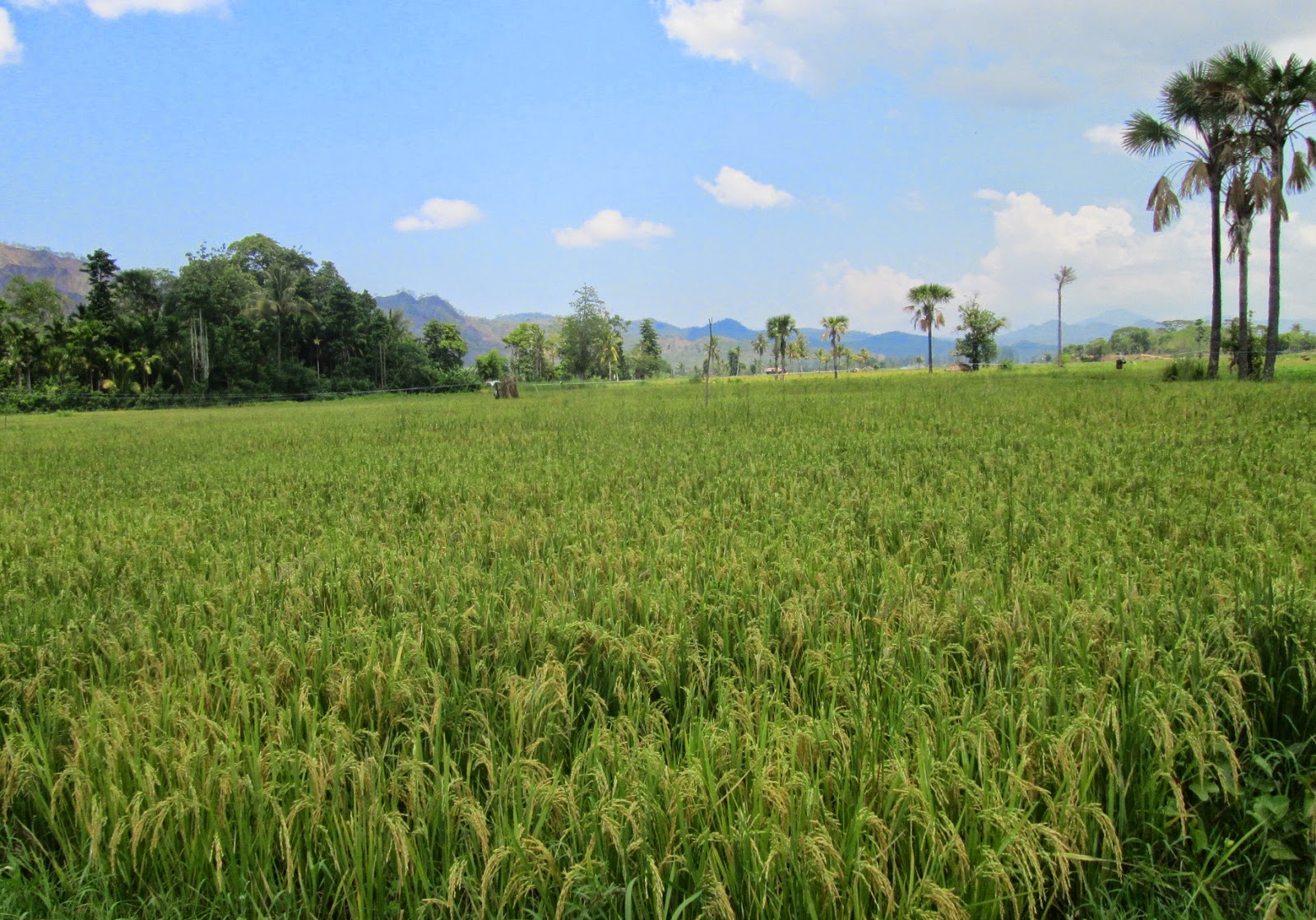Farmers in Kampung Naga always
conduct ritual in rice growing. They perform ceremonies six times in the year
based on the Muslim Calendar. Taboos and prohibitions also influence them in
their daily activities such as farming and other social activities. They
commonly use traditional computation for choosing the day when they want to
start activities such as planting, harvesting, house building and conducting
ceremonies. They still practice custom inherited from their ancestor such as
planting local rice variety, recycling of human waste and crop (rice bran) into
fishfeed and conserving water resources and forest. They believe that
traditional computation and rituals would make their soul safe in farming
practices. Some evidences suggest the use of sustainable agriculture such as
the practice of farm diversification and off-farm activities, recycling of
human waste and rice bran as fishfeed, and use of crop residue and farm manure
as fertilizer for their crops. Ethnovideography is very useful in documenting
the natural situation surrounding the subject like the condition of
environment. It is also useful for documenting indigenous custom and practices
such as rituals in rice growing and religious ceremonies.
Note:
Ethnovideography is defined as the study and analysis
of groups or group representatives usingsmall format video documentation
techniques. In other words, it is ethnography through video,preferably digital
video (Flor, A.G., 2002).
Source:


















